Home>Garden Essentials>How To Rid Of Weeds Growing In Area Of Ajuga Ground Cover
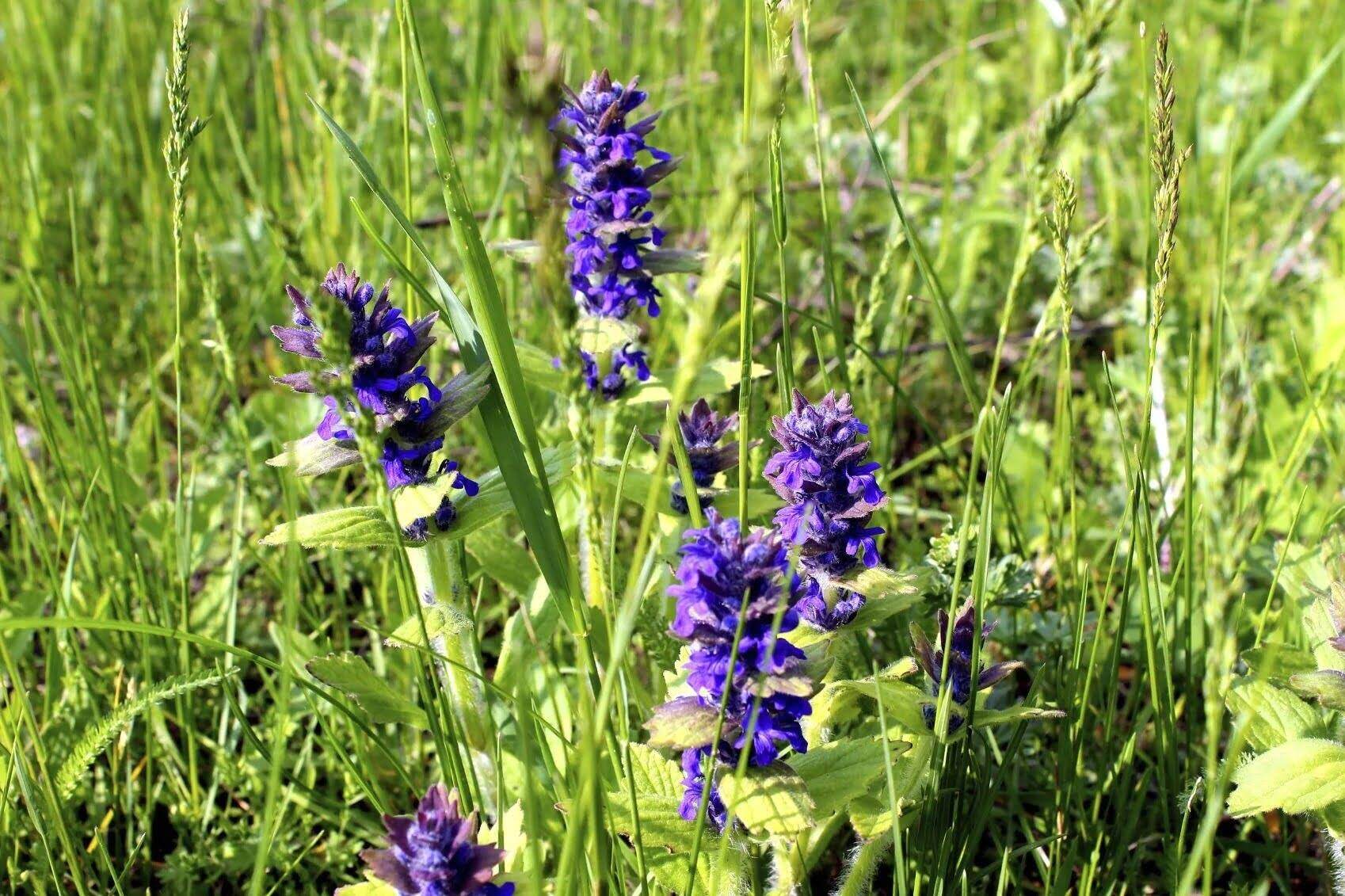

Garden Essentials
How To Rid Of Weeds Growing In Area Of Ajuga Ground Cover
Modified: March 7, 2024
Learn how to effectively remove weeds from your garden without damaging the Ajuga ground cover. Find expert tips and techniques to maintain a weed-free garden area.
(Many of the links in this article redirect to a specific reviewed product. Your purchase of these products through affiliate links helps to generate commission for Storables.com, at no extra cost. Learn more)
Introduction
Ajuga ground cover is a popular choice for gardeners due to its beautiful, low-growing foliage and vibrant blooms. However, like any other plant, ajuga ground cover can be plagued by the unwanted presence of weeds. Weeds not only diminish the appearance of your ajuga bed but also compete with it for nutrients and water, potentially stunting its growth and health.
In this article, we will explore how to effectively rid your ajuga ground cover area of weeds. We will discuss the common types of weeds that can invade ajuga beds, as well as various manual and chemical weed removal techniques. Additionally, we will explore the use of mulch as a preventative measure against weed growth and provide tips for maintaining a healthy and weed-free ajuga ground cover.
Whether you’re a novice gardener or a seasoned green thumb, this guide will equip you with the knowledge and strategies to keep your ajuga ground cover area weed-free and thriving.
Key Takeaways:
- Keep your ajuga ground cover area weed-free by using manual weed removal techniques like hand pulling and regular inspections. Mulching can also prevent weed growth and maintain the health of your ajuga plants.
- Understand the common types of weeds that invade ajuga ground cover and take proactive measures to protect your plants. Regular maintenance, proper disposal of weeds, and mulching are key to a thriving ajuga bed.
Understanding Ajuga Ground Cover
Ajuga, also known as bugleweed, is a versatile ground cover plant that is well-loved for its ability to create dense and lush carpets of foliage. It belongs to the mint family (Lamiaceae) and is native to Europe, where it thrives in moist woodland areas.
Ajuga ground cover plants typically feature attractive rosettes of leaves that vary in color, ranging from deep green to bronze, purple, or variegated patterns. In the spring, they produce spikes of small, tubular flowers in shades of blue, purple, pink, or white, adding a pop of color to your garden.
This low-growing perennial thrives in partial shade to full sun and prefers well-drained soil. Once established, ajuga ground cover can tolerate moderate foot traffic, making it an excellent choice for pathways, borders, or as a filler between larger plants.
Not only does ajuga ground cover add visual interest and texture to your garden, but it can also serve functional purposes. Its dense growth helps to suppress weeds, prevent erosion, and retain moisture in the soil.
Understanding the growth habits and characteristics of ajuga ground cover is essential in effectively managing and preventing weed growth in your ajuga bed.
Common Types of Weeds in Ajuga Ground Cover Area
When it comes to ajuga ground cover, there are several common types of weeds that can infiltrate its lush carpet of foliage. These weeds not only detract from the beauty of the ajuga bed but also compete with the ajuga for vital nutrients, water, and sunlight.
One of the most prevalent types of weeds in ajuga ground cover areas is dandelion (Taraxacum officinale). Identified by their bright yellow flowers and distinctive round seed heads that disperse in the wind, dandelions can quickly spread and take over the ajuga bed if left unchecked.
Another common weed is chickweed (Stellaria media). This low-growing weed has small, white star-shaped flowers and soft, delicate foliage. It thrives in moist and shady areas, making it a frequent intruder in ajuga ground covers.
Ground Ivy (Glechoma hederacea), also known as creeping Charlie, is yet another weed that often finds its way into ajuga beds. With its creeping stems and small, violet-blue flowers, ground ivy can quickly spread and smother the ajuga ground cover if not promptly controlled.
Other common weeds that may infiltrate ajuga ground cover areas include crabgrass (Digitaria spp.), plantain (Plantago spp.), and clover (Trifolium spp.). These weeds can take advantage of any open spaces in the ajuga bed or establish themselves along the edges.
It is important to identify these common weeds and take necessary action to prevent their growth and spread in your ajuga ground cover area. By understanding the characteristics of these intruders, you can employ effective weed removal methods and keep your ajuga bed healthy and thriving.
Preparing for Weed Removal
Before tackling the task of weed removal in your ajuga ground cover area, it’s important to make proper preparations to ensure optimal results. Taking the time to prepare will not only make the process more efficient but also help minimize the chances of weed regrowth.
Here are some essential steps to follow when preparing for weed removal:
1. Assess the area: Take a close look at your ajuga ground cover area and identify the extent of weed infestation. Determine whether the weeds are scattered sporadically or concentrated in specific areas.
2. Gather necessary tools: Equip yourself with the right tools for the job. Common tools for manual weed removal include a hand trowel, garden fork, or weeding tool. Having a bucket or bag nearby to collect the weeds will also help keep the area tidy.
3. Choose the right time: Plan to remove the weeds when the soil is slightly moist. This will make it easier to uproot the weeds without causing excessive damage to the ajuga’s roots.
4. Consider the weather: Avoid weed removal on extremely hot or dry days, as this can stress both the ajuga ground cover and the newly exposed soil. Opt for a mild and cloudy day or perform the task in the early morning or late afternoon when temperatures are cooler.
5. Protect the ajuga: Take precautions to protect the ajuga ground cover during the weed removal process. Use your hand or a thin sheet of cardboard to shield the ajuga leaves and foliage while digging around nearby weeds. This will help prevent accidental damage to the ajuga.
6. Dispose of the weeds: Once you’ve successfully removed the weeds, ensure proper disposal. Do not compost weeds with mature seeds or propagative parts, as this can lead to further spread. Seal the collected weeds in a bag and dispose of them in your local green waste bin or designated disposal area.
By taking these preparatory steps, you’ll set the stage for effective weed removal and protect the health and appearance of your ajuga ground cover.
Manual Weed Removal Techniques
When it comes to removing weeds from your ajuga ground cover area, manual techniques can be highly effective, especially when dealing with smaller infestations or isolated weeds. Manual weed removal methods allow for precise targeting of individual weeds while minimizing potential harm to the ajuga plants. Here are some manual weed removal techniques to consider:
1. Hand Pulling: The simplest and most common method is to pull weeds out by hand. Ensure that the soil is slightly moist to make it easier to extract the roots. Grasp the weed close to the base and gently but firmly pull upward, making sure to remove the entire root system. Be cautious not to disturb the ajuga roots while doing so.
2. Using a Garden Fork or Weeding Tool: For weeds with deeper roots or those that are more resilient, a garden fork or weeding tool can be helpful. Insert the tool into the soil next to the weed, angling it to loosen the soil around the root. Carefully lift the weed out, ensuring that the ajuga’s roots remain undisturbed.
3. Trimming and Cutting: Some weeds, especially those with extensive runners or creeping stems, can be trimmed or cut back to prevent them from spreading further. Use handheld pruners or shears to trim the weed growth at ground level, ensuring that you don’t accidentally cut the ajuga leaves or stems.
4. Regular Inspections: Regularly inspect your ajuga ground cover area to identify and remove any emerging weeds promptly. Early intervention is crucial for preventing the weeds from establishing deep roots and spreading throughout the ajuga bed.
5. Repeated Weed Removal: Some weeds may require multiple removal sessions to fully eradicate them. This is particularly true for weeds with extensive root systems or those that reseed easily. Be diligent in your efforts, consistently removing any new growth as soon as it appears.
Remember, manual weed removal techniques are most effective when complemented with other preventative measures, such as mulching and proper maintenance. Taking a proactive approach will help keep your ajuga ground cover area free from weeds and ensure the healthy growth and vitality of your ajuga plants.
To rid of weeds growing in an area of Ajuga ground cover, hand-pull the weeds regularly to prevent them from spreading. Apply a layer of mulch to smother any remaining weeds and help the Ajuga ground cover to thrive.
Read more: How To Grow Grass And Get Rid Of Weeds
Chemical Weed Control Methods
If you are dealing with a large-scale weed infestation in your ajuga ground cover area or find manual removal methods to be ineffective, chemical weed control can be an option. Chemical herbicides can be an effective tool for targeting and eliminating persistent weeds, but it’s important to use them properly to minimize any negative effects on the ajuga plants and surrounding environment. Here are some chemical weed control methods to consider:
1. Selective Herbicides: Selective herbicides are designed to specifically target and control certain types of weeds while sparing desirable plants, such as ajuga ground cover. These herbicides typically contain active ingredients that are effective against a specific group of weeds, such as broadleaf weeds or grassy weeds. Apply these products carefully according to the instructions, ensuring direct contact with the weeds while avoiding contact with the ajuga plants.
2. Non-Selective Herbicides: Non-selective herbicides are broader in their weed-killing capabilities and can affect a wide range of plants, including the ajuga ground cover. Use non-selective herbicides with caution, applying them with precision to only touch the weeds you want to eliminate. For better control, consider using targeted application methods such as spot treatments or shielded sprayers.
3. Pre-Emergent Herbicides: Pre-emergent herbicides are designed to prevent weed seeds from germinating and establishing in the soil. These herbicides create a barrier on the soil surface, inhibiting weed growth without harming existing plants. Apply pre-emergent herbicides in early spring or fall, before weed seeds have a chance to germinate.
4. Post-Emergent Herbicides: Post-emergent herbicides are effective against actively growing weeds. They are applied directly to the foliage of the weeds and absorbed into their system, killing them from within. Carefully follow the instructions for application rates and timing to ensure maximum effectiveness while minimizing harm to the ajuga ground cover.
5. Herbicide Application Tips: When using chemical herbicides, always read and follow the manufacturer’s instructions and safety guidelines. Consider wearing protective clothing, gloves, and eyewear during application. Avoid applying herbicides on windy days to prevent drift onto ajuga or other desirable plants. Be mindful of any nearby water sources and take precautions to prevent contamination.
It’s important to note that while chemical weed control methods can be effective, they should be used as a last resort and in accordance with local regulations. Whenever possible, it is recommended to prioritize non-chemical and manual weed control techniques to maintain the health and integrity of your ajuga ground cover area.
Applying Mulch to Prevent Weed Growth
Mulching is a valuable practice in any garden, and it can be particularly beneficial for preventing weed growth in your ajuga ground cover area. Mulch serves as a protective layer that suppresses weed germination, conserves moisture, regulates soil temperature, and enhances the overall aesthetics of your garden. Here are some tips for applying mulch to prevent weed growth:
1. Choose the Right Mulch: Select a suitable mulch material that complements your ajuga ground cover and provides effective weed suppression. Organic mulches like wood chips, straw, shredded leaves, or compost can provide additional nutrients to the soil as they break down over time. Inorganic mulches like gravel or landscape fabric can provide long-lasting weed control.
2. Prepare the Area: Before mulching, clear any existing weeds or debris from the ajuga ground cover area. This will ensure that the mulch is in direct contact with the soil, preventing weed seeds from finding their way through.
3. Apply an Adequate Layer: Apply a layer of mulch that is about 2-3 inches thick. Avoid piling mulch up against the base of the ajuga plants, as this can create a moist environment that may lead to rot or fungal issues. Leave a small gap around the base of the plants to allow air circulation.
4. Maintain Mulch Depth: Over time, some organic mulches may decompose or break down, which can lead to weed penetration. Regularly check the mulch depth and top it up as needed to ensure adequate coverage and weed prevention.
5. Use a Weed Barrier: Consider using a weed barrier, such as landscape fabric or a biodegradable weed control mat, underneath the mulch layer. This can provide an extra layer of protection by obstructing weed growth while still allowing water and nutrients to reach the ajuga plants.
6. Monitor and Control Weed Emergence: Although mulching significantly reduces weed growth, it is still crucial to monitor the ajuga ground cover area for any weed emergence. Promptly remove any weeds that manage to sprout through the mulch to prevent them from spreading and competing with your ajuga plants.
By properly applying mulch, you can create a barrier that suppresses weed germination, conserves soil moisture, and enhances the overall health and appearance of your ajuga ground cover area. Remember to replenish the mulch layer as needed and maintain regular weed control practices to keep your ajuga bed weed-free and thriving.
Maintaining Ajuga Ground Cover
Maintaining ajuga ground cover involves regular care and attention to ensure its health, vigor, and beauty. By following some essential maintenance practices, you can help keep your ajuga bed thriving and prevent weed growth. Here are some tips to help you maintain your ajuga ground cover:
1. Watering: Ajuga ground cover prefers evenly moist soil. Water your ajuga plants regularly, especially during dry periods, to keep the soil consistently moist. Avoid overwatering, as this can lead to root rot. Consider using a drip irrigation system or soaker hoses to provide targeted, deep watering while minimizing water waste.
2. Fertilizing: Ajuga ground cover generally does not require heavy fertilization. However, a light application of balanced slow-release fertilizer in early spring can provide the necessary nutrients for healthy growth. Follow the fertilizer package instructions for the appropriate amount to use based on the size of your ajuga bed.
3. Pruning: Ajuga ground cover tends to spread and fill in spaces rather quickly. To prevent it from becoming too invasive or encroaching on other plants, occasional pruning is necessary. Use handheld pruners or garden shears to trim back any overgrown or straggling stems. Pruning can also help rejuvenate the ajuga plants and promote denser growth.
4. Dividing: Over time, ajuga ground cover can become overcrowded, affecting its overall health and vigor. To maintain a robust ajuga bed, consider dividing the plants every 3-4 years. Gently lift the plants from the ground, separate the clumps into smaller sections, and replant them in well-prepared soil. This process not only rejuvenates the ajuga plants but also helps control their spread.
5. Regular Inspections: Regularly inspect your ajuga ground cover for any signs of pests, diseases, or weed growth. Spotting and addressing issues early on can prevent them from spreading and causing significant damage. Remove any weeds that manage to appear and promptly treat any pests or diseases according to appropriate guidelines.
6. Mulch Maintenance: Keep the mulch layer around your ajuga ground cover well-maintained. Regularly check for any mulch thinning or deterioration and replenish as needed. This will help maintain the weed-suppressing benefits of the mulch while enhancing the appearance of your ajuga bed.
By incorporating these maintenance practices into your gardening routine, you can ensure the continued health and beauty of your ajuga ground cover. Regular attention and care will not only promote weed prevention but also allow you to enjoy a thriving ajuga bed that adds texture, color, and visual interest to your garden landscape.
Conclusion
Ridding your ajuga ground cover area of weeds requires a combination of proactive measures, proper maintenance, and targeted removal techniques. By understanding the characteristics of ajuga ground cover, common types of weeds, and effective weed control methods, you can keep your ajuga bed healthy, vibrant, and free from unwanted intruders.
Whether you choose to employ manual weed removal techniques, chemical weed control methods, or a combination of both, it is essential to prioritize the health of your ajuga plants and the surrounding environment. Take the time to prepare the area, choose the right tools and timing, and dispose of the weeds properly to prevent their spread.
Incorporating mulch as a preventive measure can greatly reduce weed growth while providing additional benefits, such as moisture retention and soil temperature regulation. Regular maintenance practices, such as watering, fertilizing, pruning, and dividing, will help keep your ajuga ground cover healthy and vigorous.
Remember, maintaining a weed-free ajuga ground cover is an ongoing process. Regular inspections, swift action against emerging weeds, and proper care will ensure the long-term success of your ajuga bed. With dedication and attention, you can enjoy a lush, beautiful ajuga ground cover that serves as an attractive and low-maintenance addition to your garden.
Apply the knowledge and strategies outlined in this article, adapt them to your specific gardening conditions, and make the necessary adjustments based on your observations. With time and effort, you can create a thriving ajuga ground cover area that becomes the envy of your neighbors and a source of pride in your garden.
Frequently Asked Questions about How To Rid Of Weeds Growing In Area Of Ajuga Ground Cover
Was this page helpful?
At Storables.com, we guarantee accurate and reliable information. Our content, validated by Expert Board Contributors, is crafted following stringent Editorial Policies. We're committed to providing you with well-researched, expert-backed insights for all your informational needs.
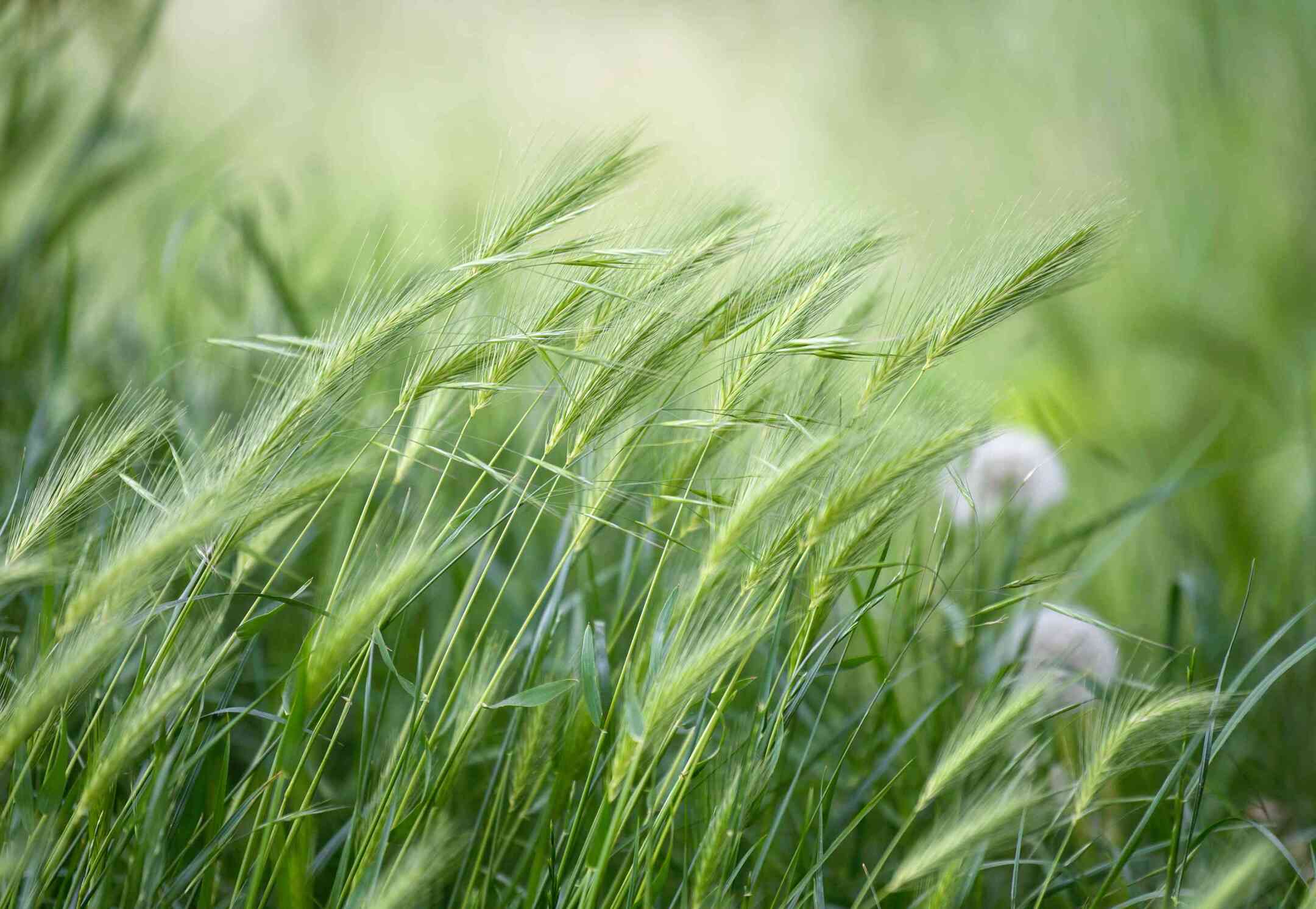
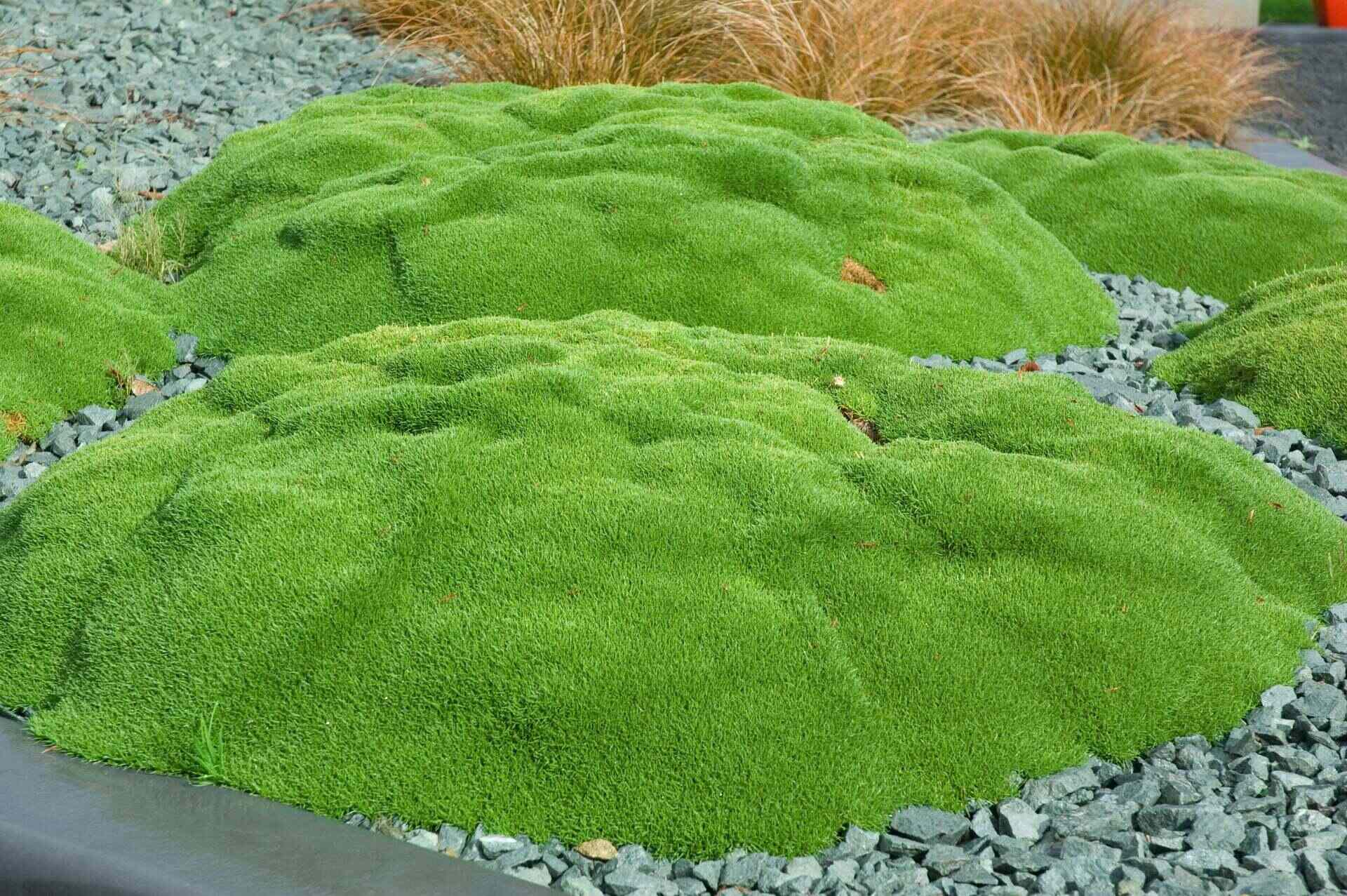
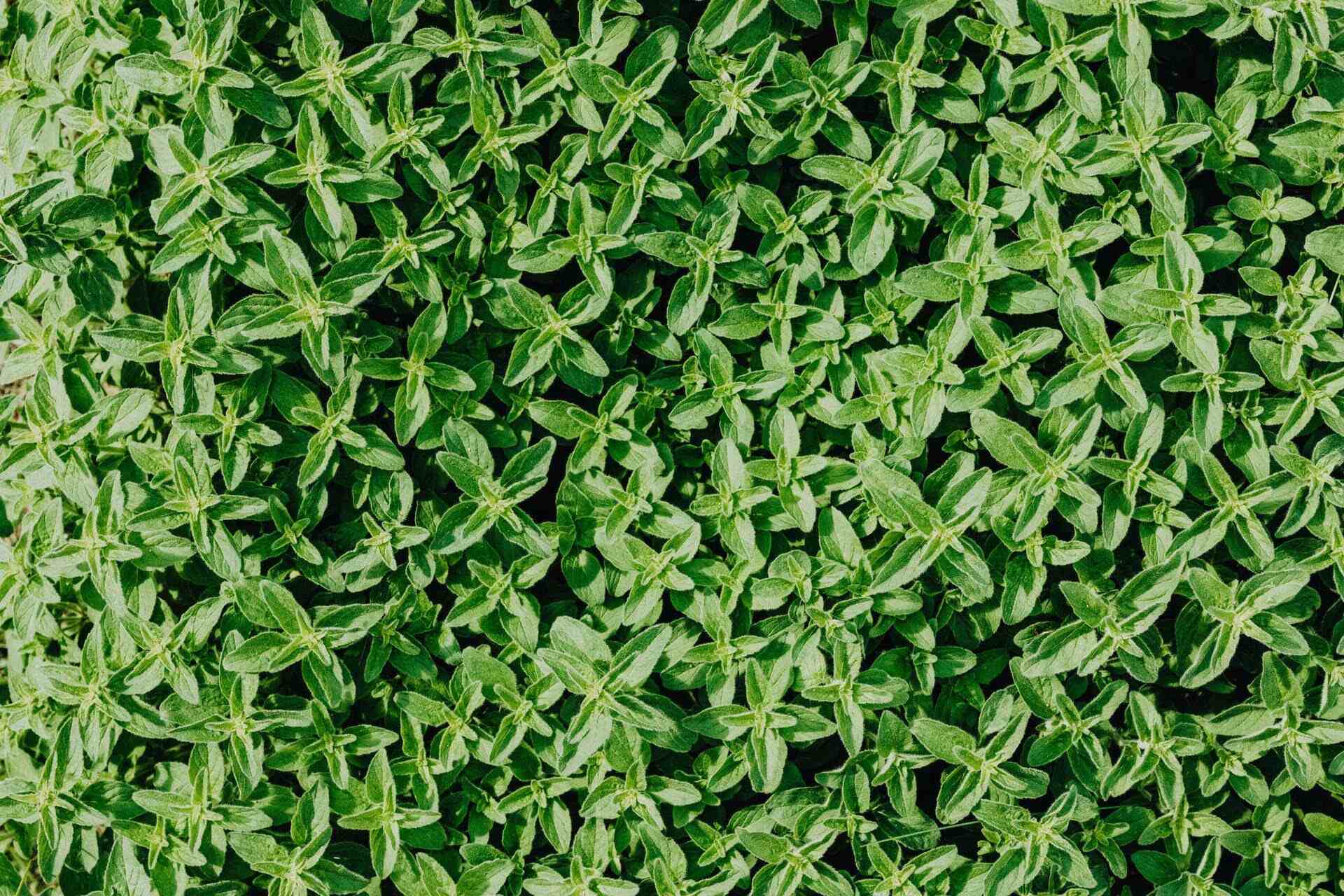
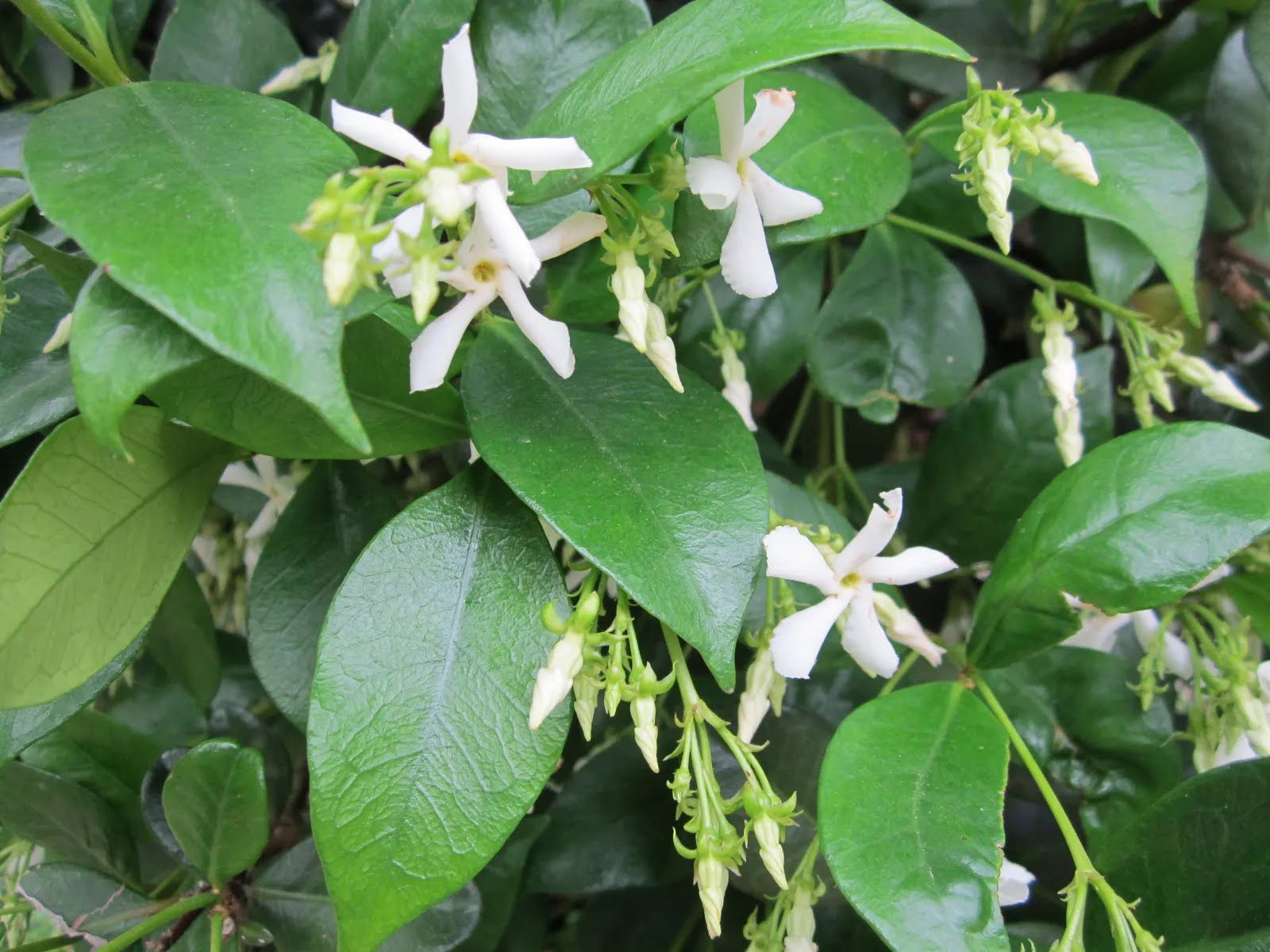
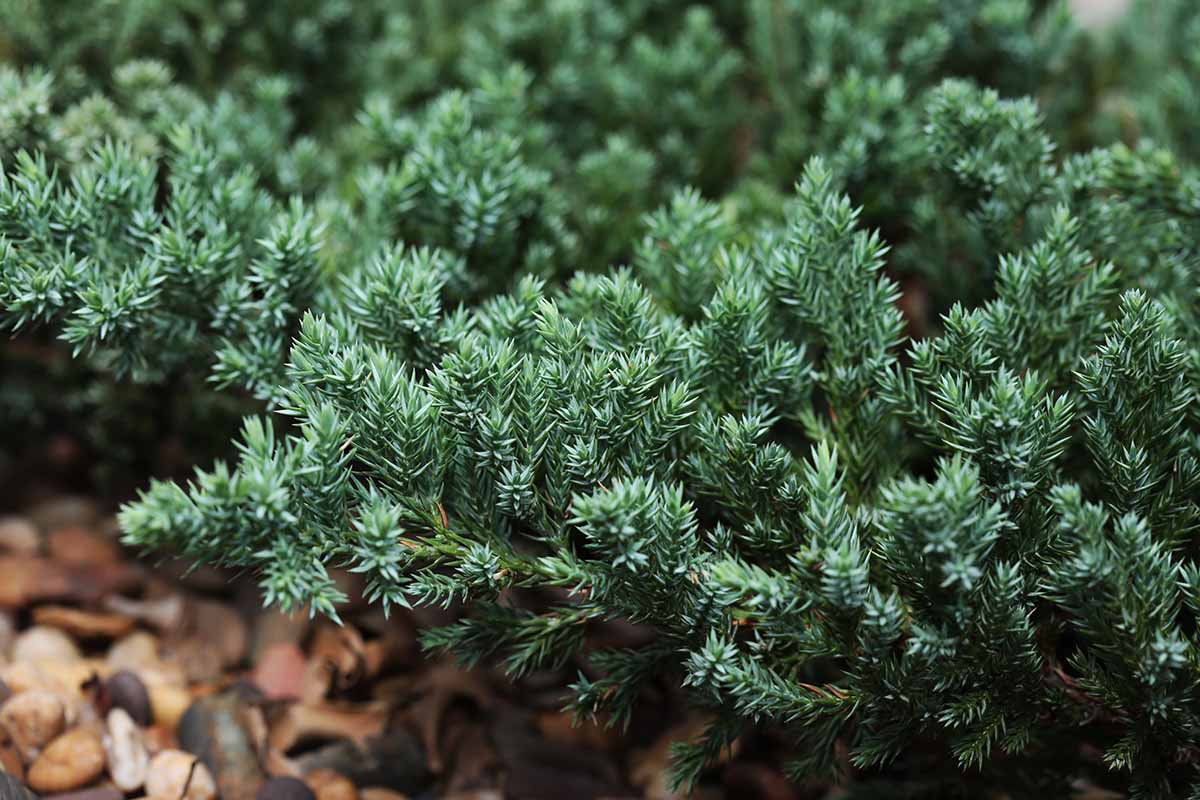
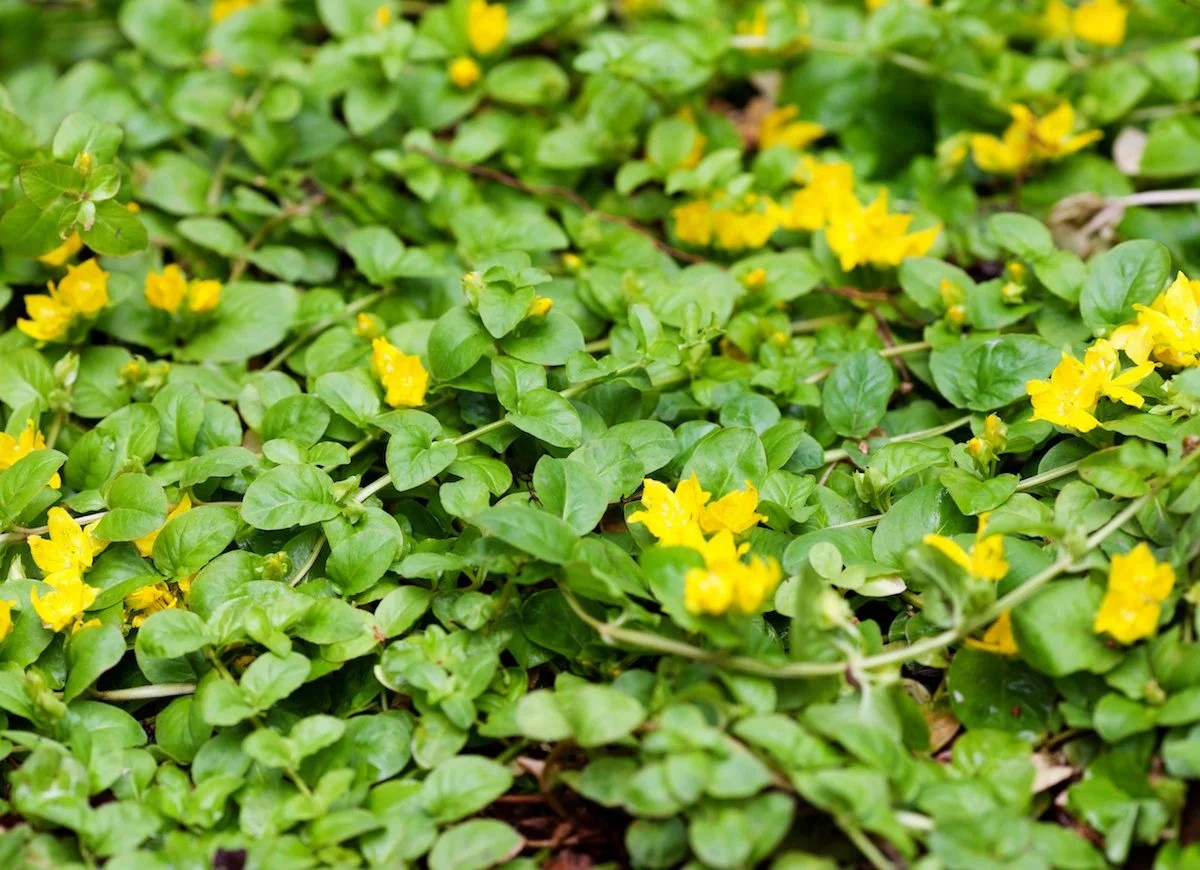

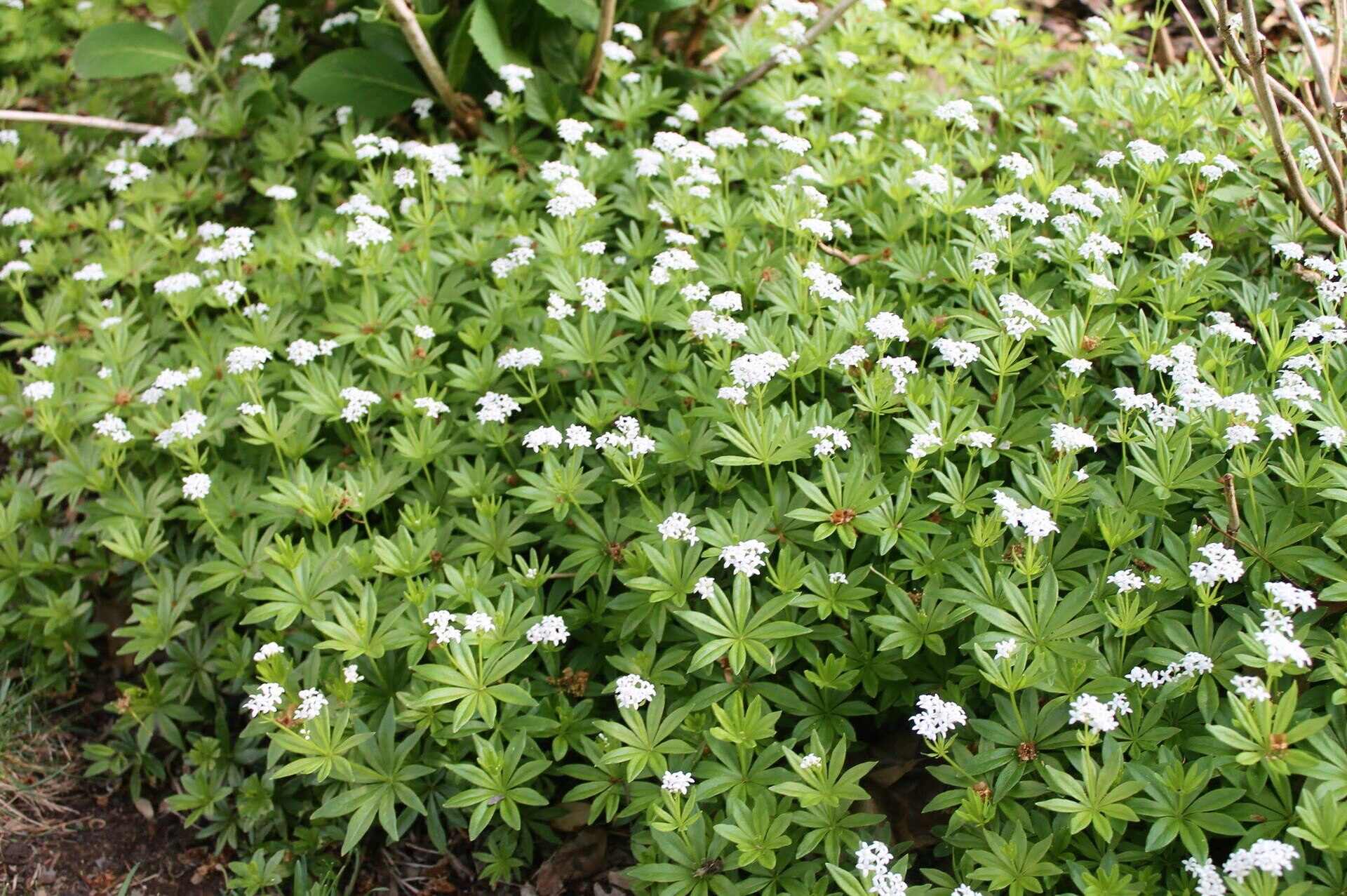
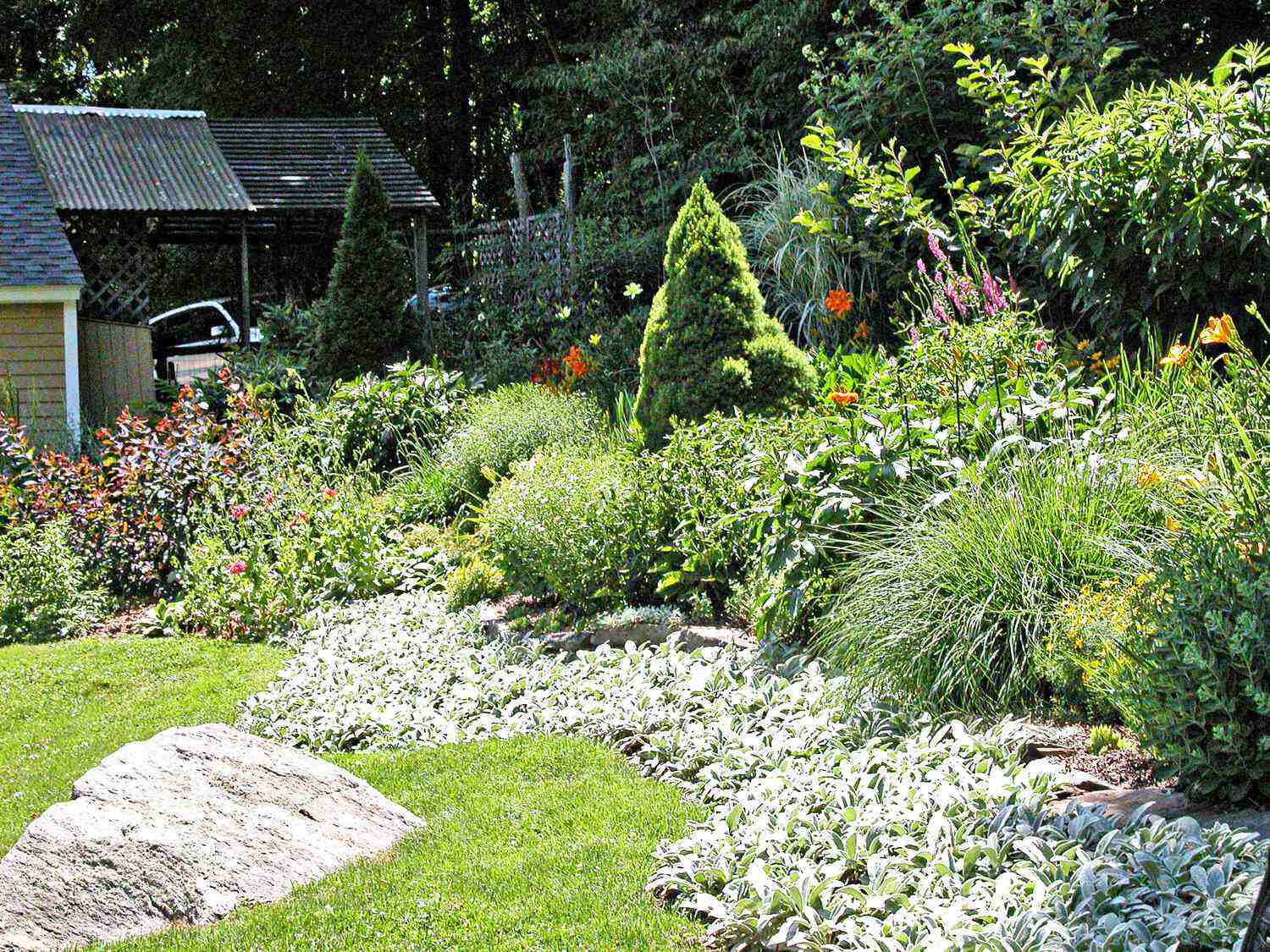
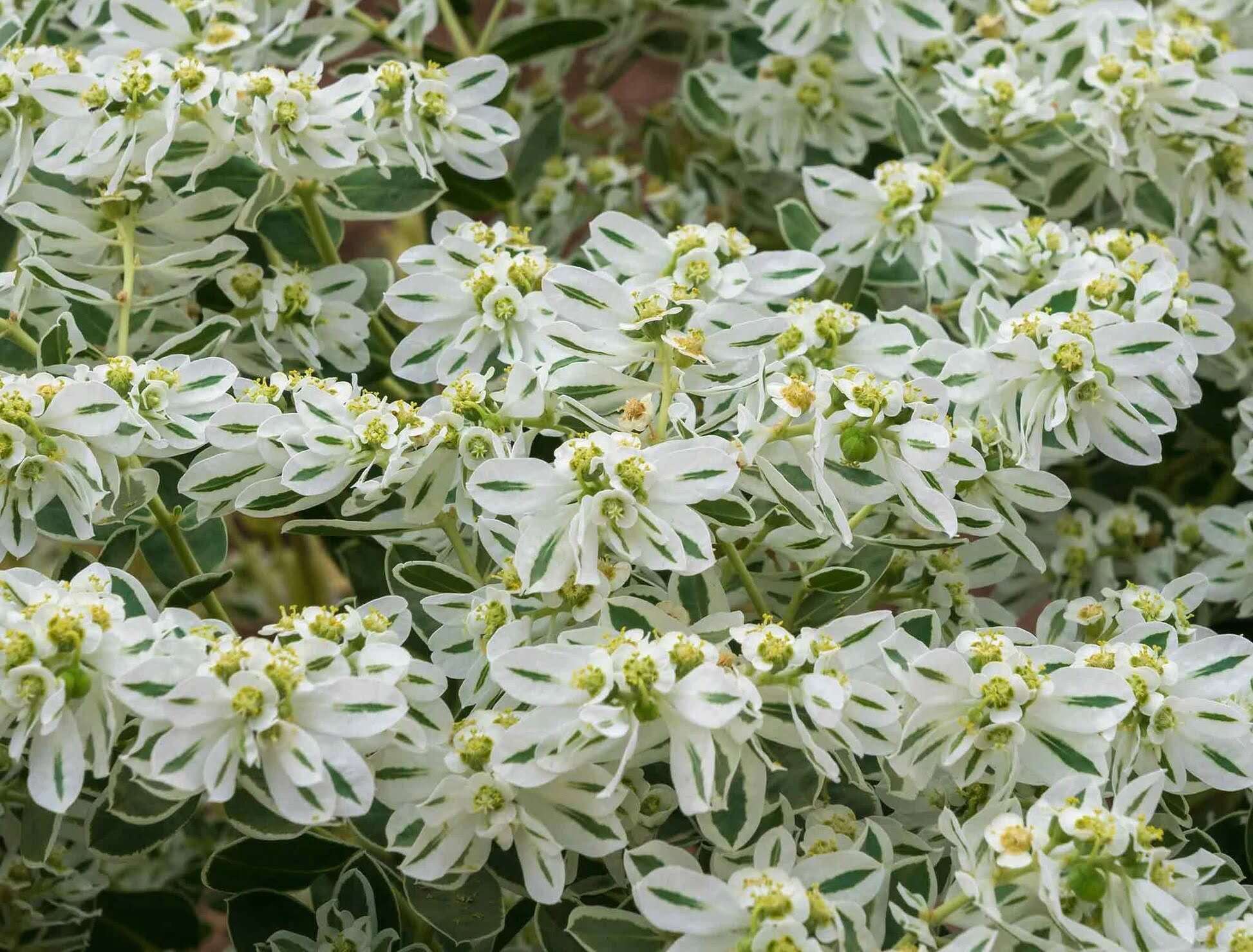
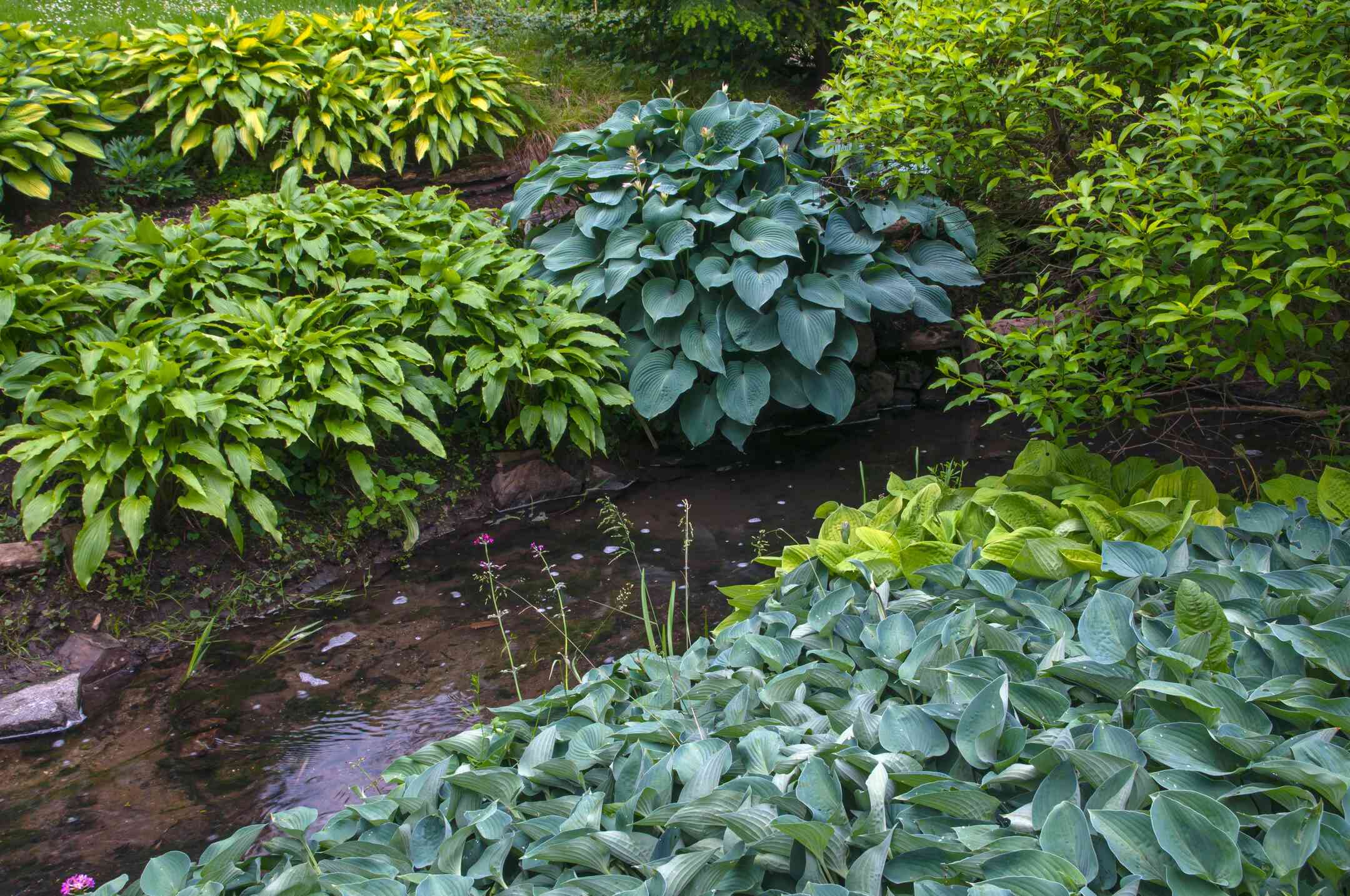
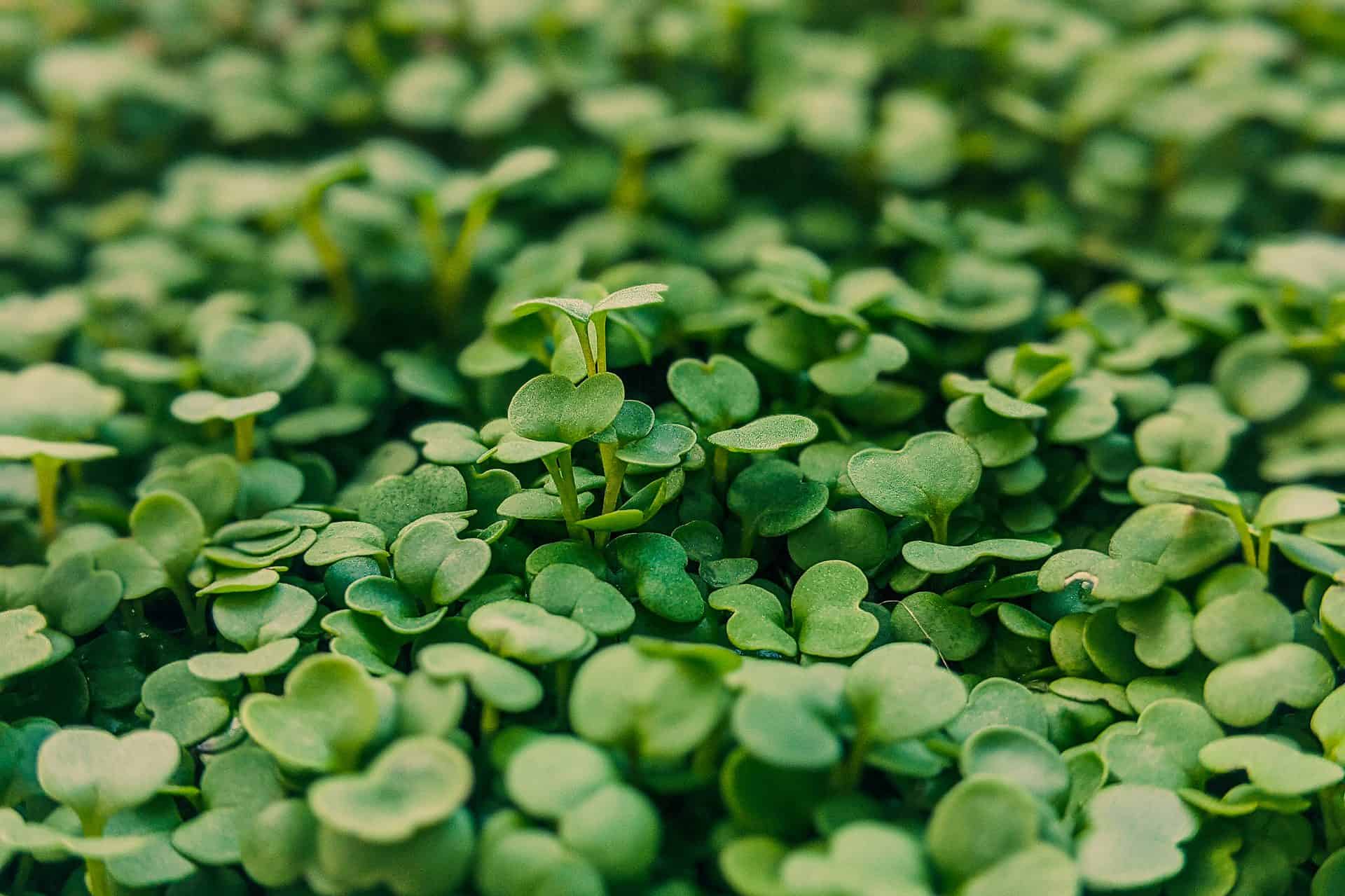
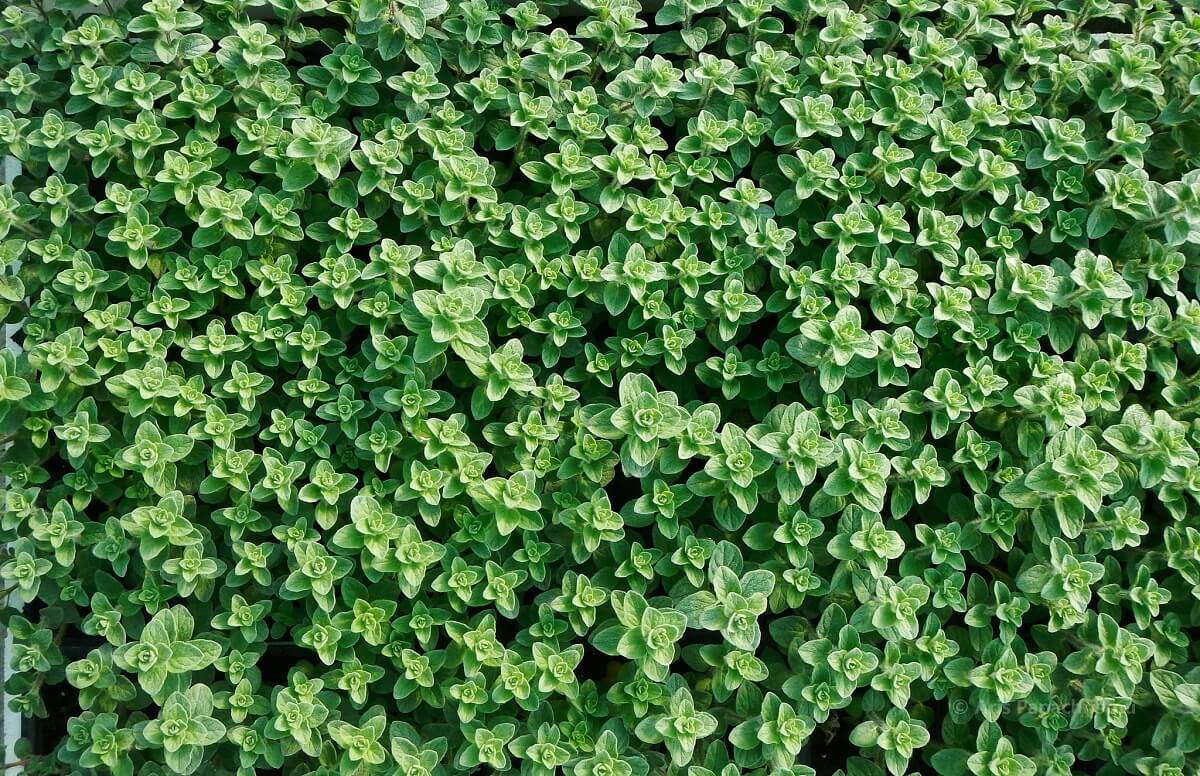
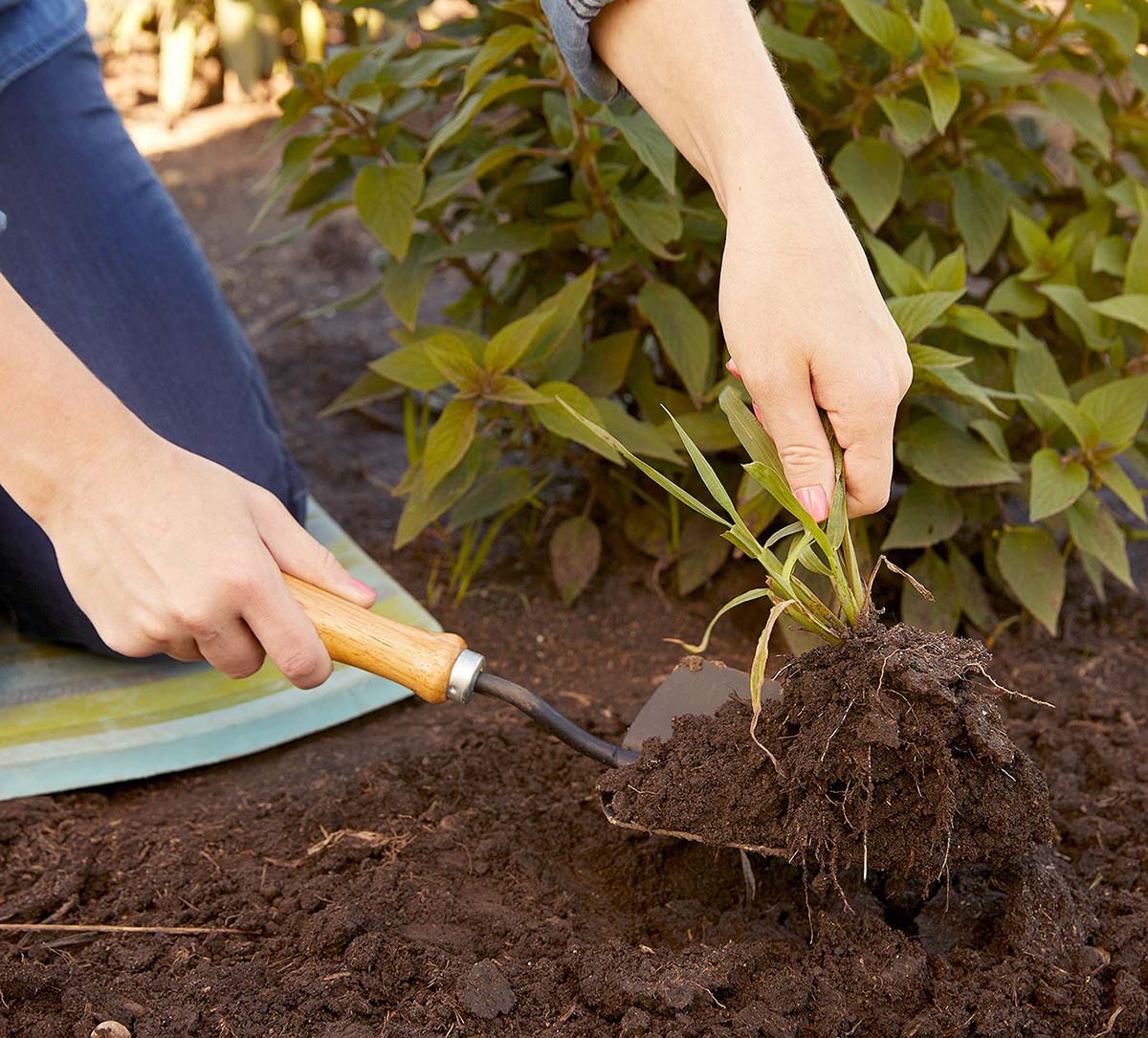

0 thoughts on “How To Rid Of Weeds Growing In Area Of Ajuga Ground Cover”